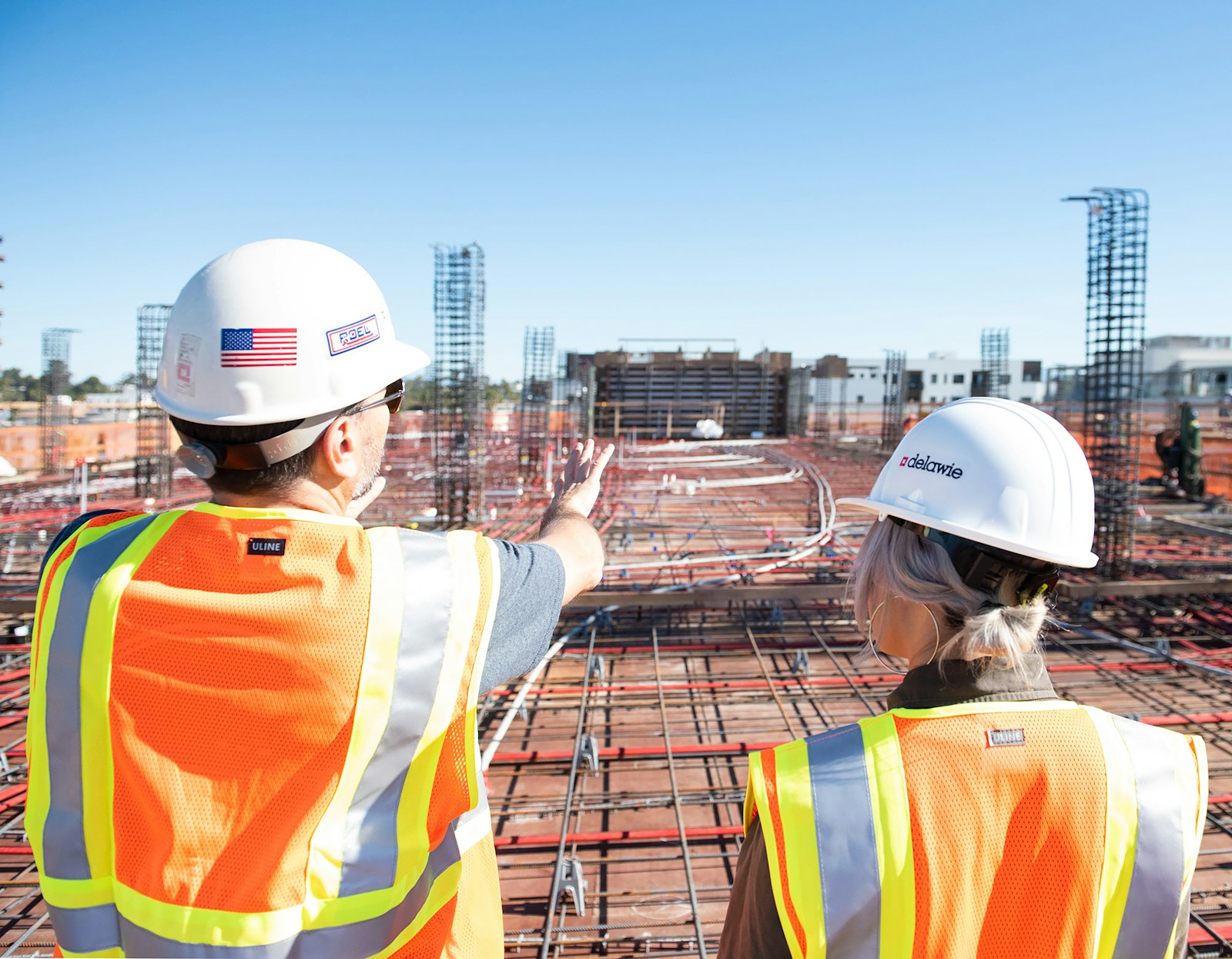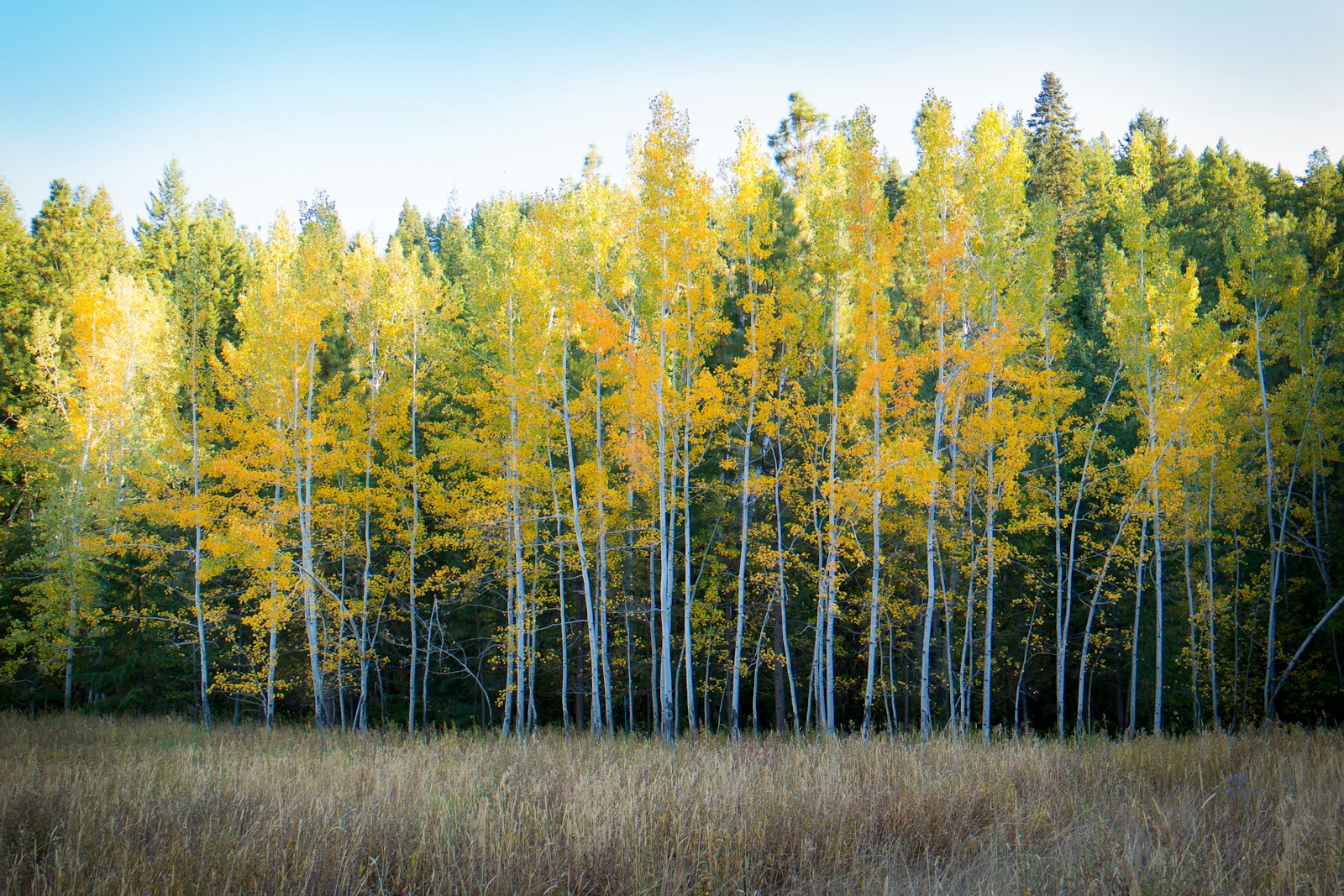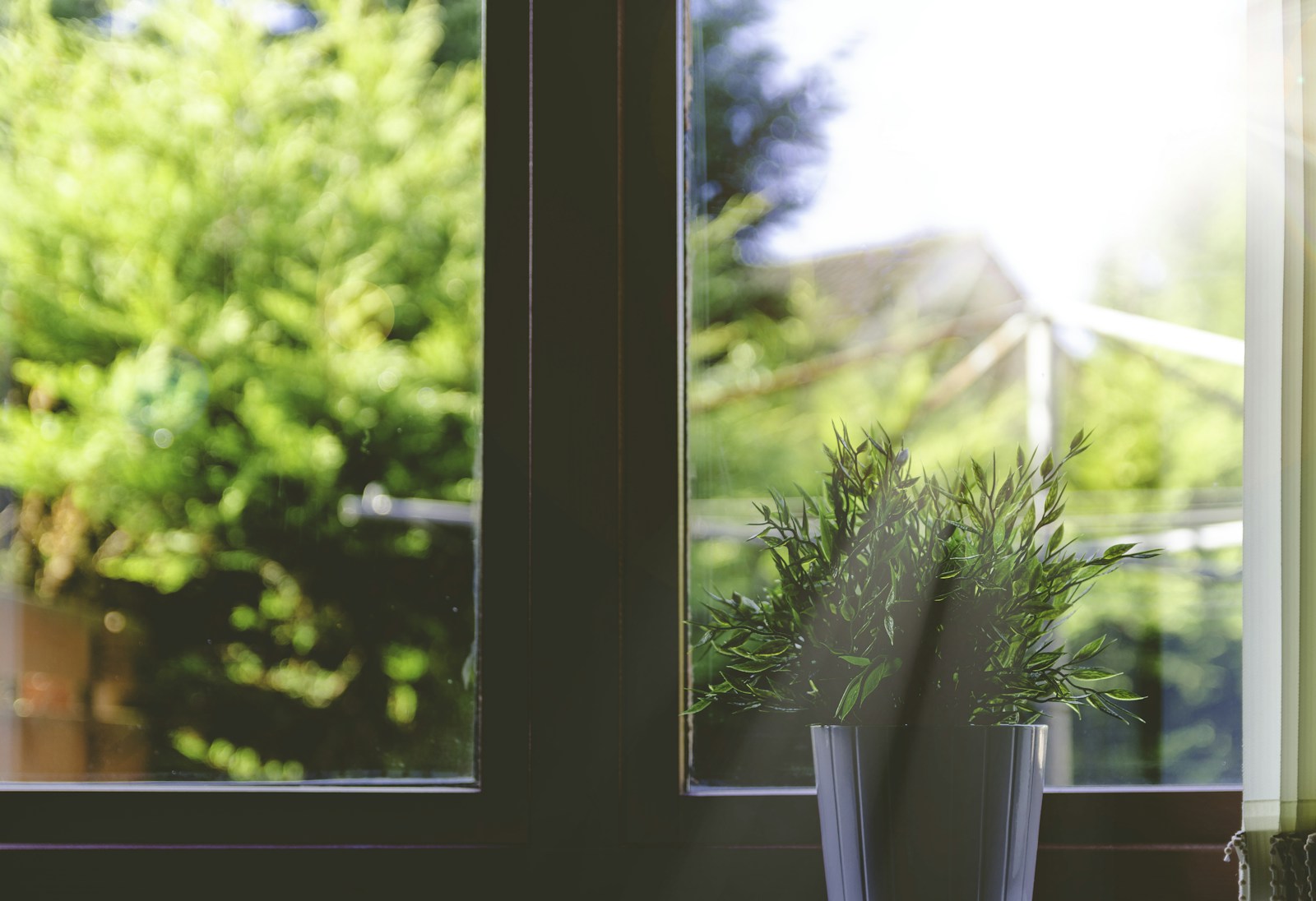St. Albert, situated on the Sturgeon River to the northwest of Edmonton, Alberta, began as a Métis settlement and has since grown to become the second-largest city in the Edmonton Metropolitan Region. Attaining town status in 1904, it was connected by the Canadian Northern Railway in 1906. Initially isolated from Edmonton by vast stretches of farmland, the expansion of Edmonton's city limits during the 1980s positioned St. Albert directly alongside the larger city, bordering it to the south and east.
ST ALBERT LOCATION
#1 Place to Raise Kids in Alberta
– Moneysense, 2017
#1 Best Small City in Canada
– Moneysense, 2016



